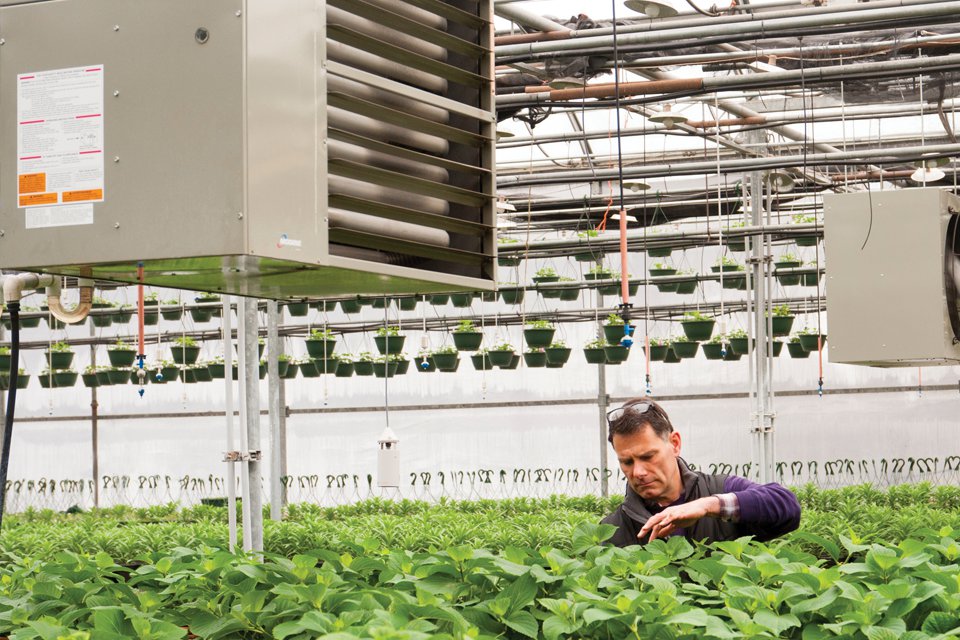Is Your Greenhouse Heater Ready to Be Put to Bed for the Season?

Checking greenhouse heater maintenance off your list now means you’ll have one less thing to worry about next growing season.
The weather is warming up, and commercial greenhouse operators can soon turn off the heating in their facilities. But before it becomes an afterthought, it’s a good time to acquaint yourself with the heater maintenance needed to keep your unit running great come next winter.
The unit heaters used in greenhouse applications require some TLC to keep functioning at full capacity. Proper heater maintenance will keep them running efficiently for years to come.
Check These Maintenance Items Off Your List
Now, for safety, make sure the units are serviced by a licensed technician. Here’s a basic checklist for technicians to keep unit heaters operating safely:
- Check equipment. Visually inspect the whole unit — including wiring, gas pipes, fans, and venting systems — for any damage that may have occurred during operation.
- Check the fuel supply. Inspect all gas connections for proper fit. Check and adjust manifold gas pressure.
- Inspect the motor. Check the power connections to the motor and make sure the motor shaft turns correctly.
- Keep the lines clear. Check condensation lines on high-efficiency units. Make sure they are not clogged or have been damaged.
- Don’t forget the thermostats. Check thermostats for cleanliness, connectivity, and correct temperature settings. Clean them if necessary.
- Look for obstructions. Inspect burner tubes for clogs and foreign materials.
- Check the burner. Inspect the main burner gas orifices to make sure they are not blocked with spider webs.
- Make sure the burner is clean. Inspect the burner for general cleanliness. If it needs cleaning, do so with a stiff brush. Do not use a wire brush.
- Inspect the vents. Make sure venting systems are free of obstructions and check the cap and cleanout.
- Check for condensate leaks. Be alert for indications of condensate leakage. Signs include water stains on the exterior of the vent pipe or rusting. This could be an indication of improper unit operation or vent configuration problems.
- Inspect heat exchanger. Check the heat exchanger for any blockages or failures.
Don’t Forget Gas Safety
It’s important the technician pays particular attention to the fuel supply and burner mechanisms:
- Check gas connections. Make sure all gas connections have good tight fits. This includes pipe connections to the equipment as well as pilot tubing connections at the gas valve and at the pilot burner.
- Check the pilot light. If pilot cannot be lit or will not stay lit, check pilot orifice for obstructions.
- Test for gas leaks. After visual and physical inspection of the gas connection, turn on the gas and check for gas leaks using a water/soap solution. Never check for gas leaks with an open flame.
- Inspect electrical connections. Check thermocouple, pilots, flame sensors, ignition cables, etc., for cleanliness and tightness of connections.
- Be on the lookout for unwanted guests. Inspect inside of burner tubes as much as possible. It is not uncommon during the summer months to discover that spiders or mice have taken up residence inside the burner.
Keep a Schedule
Modern unit heaters are built to be long-lasting and efficient. Like any other essential systems, regular, inexpensive maintenance will keep them running longer and better. Set an annual inspection schedule for your heating systems and stick with it. It will save you money in the long run.










